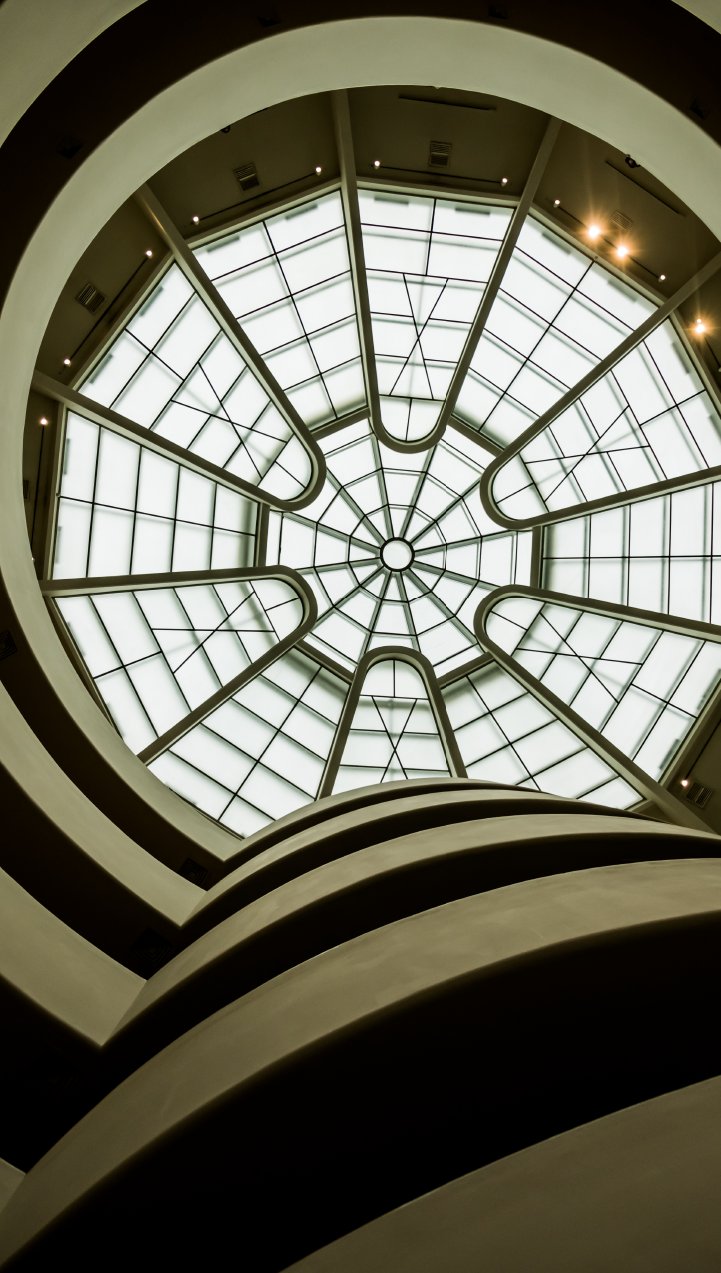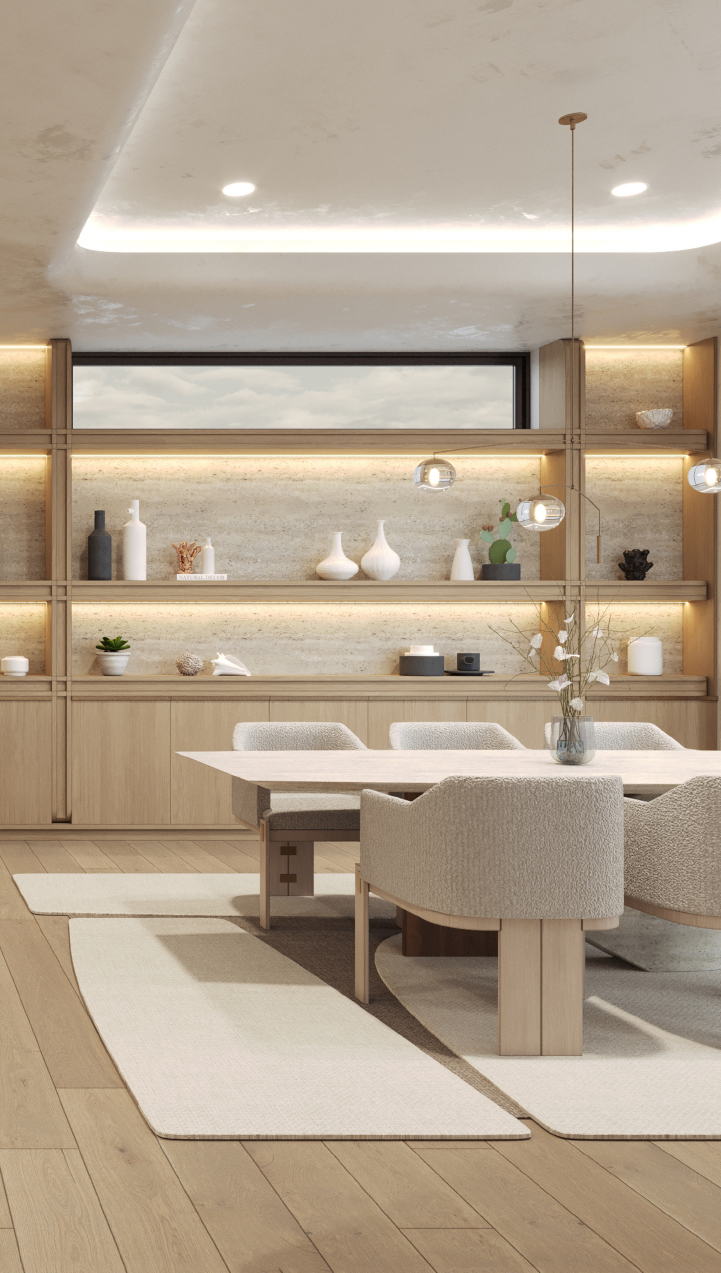As an experienced 3D Artist, I’ve spent years crafting spaces that not only reflect my clients’ personalities but also embrace the timeless principles of design. Whether you’re a seasoned designer or just starting out, mastering these five essential interior design styles will elevate your work and set you apart in a competitive industry. By incorporating these styles into your projects, you’ll be able to cater to a wide range of client preferences, ensuring that your designs remain both relevant and captivating.

At Xpress Rendering, we understand the importance of visualizing your design concepts before they come to life. Our services, including 3D renderings, virtual tours, and video animations, allow interior designers like you to showcase your ideas with unparalleled realism. Let’s dive into the five essential interior design styles every designer should master.
1. Mid-Century Modern
Mid-Century Modern design is a timeless style that continues to be a favorite among designers and homeowners alike. Characterized by clean lines, organic curves, and a love for different materials, this style embodies the post-World War II optimism of the 1950s and 1960s. The simplicity and functionality of Mid-Century Modern make it a versatile choice for various spaces.
The essence of Mid-Century Modern lies in its furniture. Think of iconic pieces like the Eames Lounge Chair or the Noguchi Coffee Table. These items are not just furniture but art pieces that blend form and function seamlessly. The color palette typically includes earthy tones, accented with bold hues like mustard yellow, teal, or burnt orange.
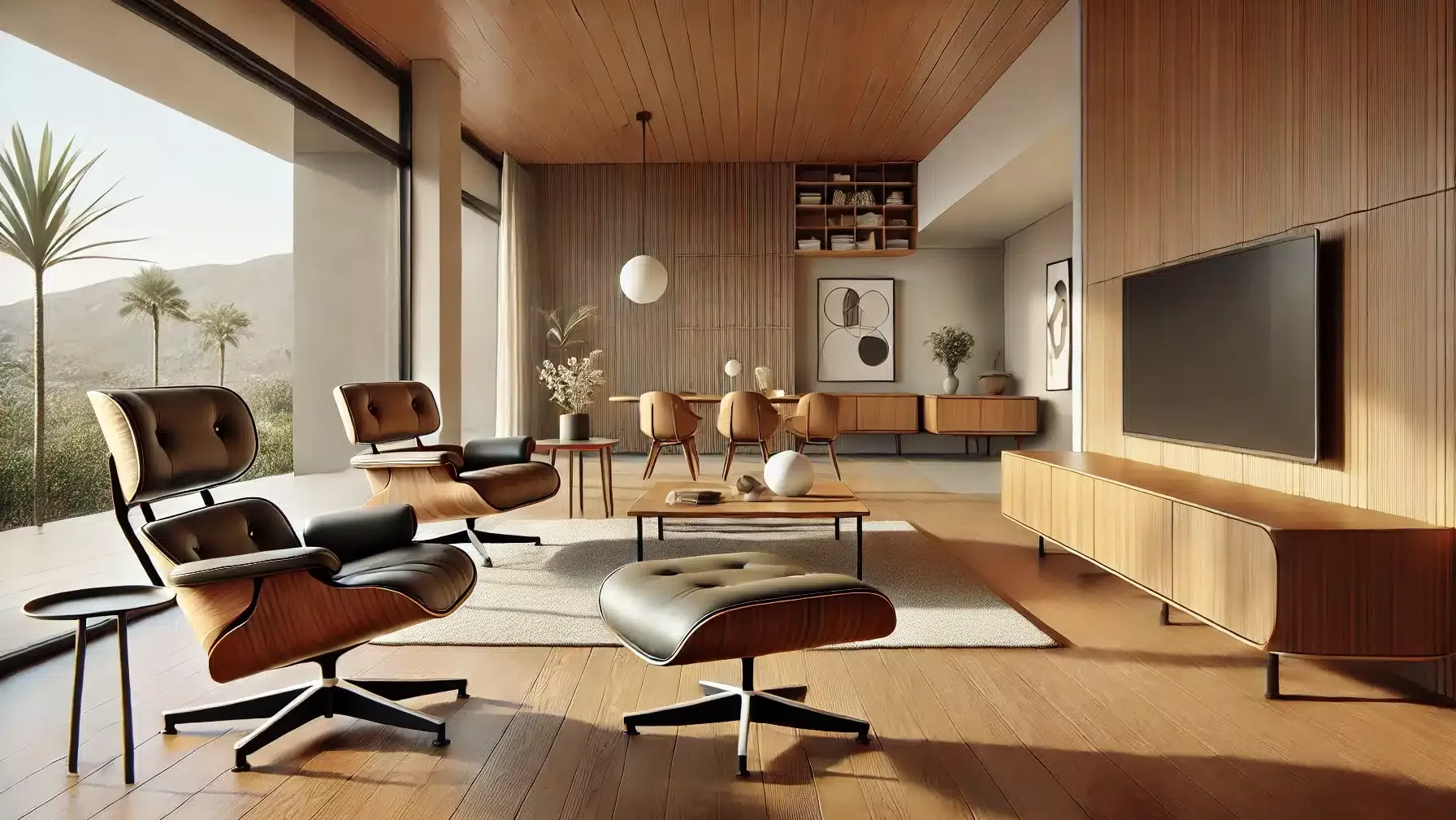
Transitioning to this style, you might find that it works well in both residential and commercial spaces. The beauty of Mid-Century Modern is its ability to evoke nostalgia while still feeling contemporary, making it an essential style for any designer’s repertoire.
2. Scandinavian
Scandinavian design has become synonymous with minimalism, simplicity, and functionality. Originating from the Nordic countries, this style embraces light, clean spaces that are both inviting and practical. The use of natural materials, such as wood and leather, combined with a neutral color palette, creates a warm and cozy environment that is perfect for modern living.
Scandinavian interiors often feature white walls, wooden floors, and minimalist furniture. The focus is on creating a clutter-free space that feels open and airy. Plants and natural light play a crucial role in enhancing the serene atmosphere of a Scandinavian home.
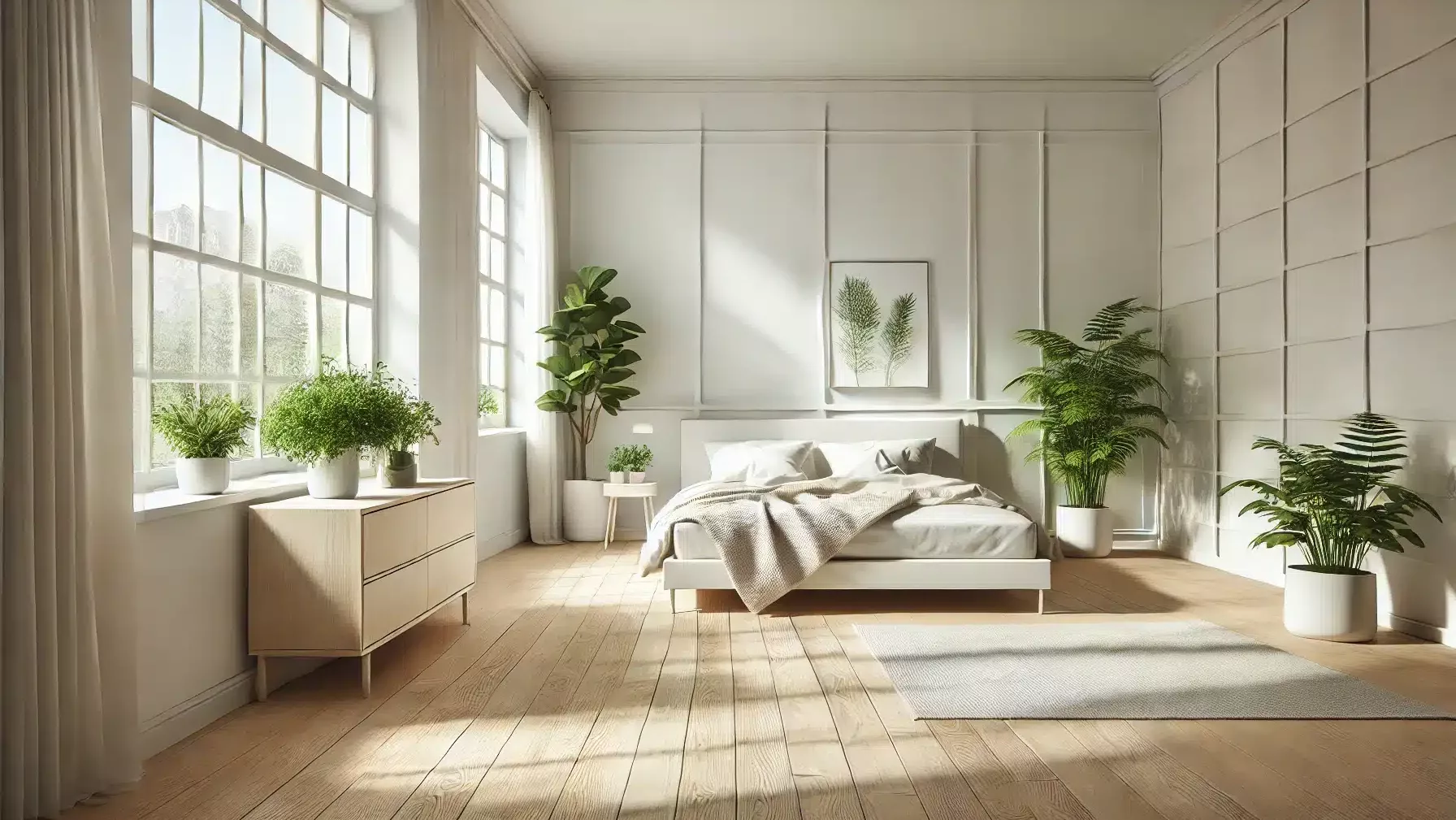
By mastering Scandinavian design, you’ll be able to create spaces that promote relaxation and well-being. This style is particularly popular in urban environments, where the focus is on maximizing limited space while maintaining a sense of tranquility.
3. Industrial
Industrial design draws inspiration from the raw, unfinished look of warehouses and factories. This style is characterized by exposed brick walls, metal beams, and concrete floors, creating a rugged yet stylish aesthetic. The industrial style is perfect for those who appreciate a no-frills approach to design, where the beauty lies in the materials themselves.
The key to mastering industrial design is balancing the roughness of the materials with softer elements. For example, a leather sofa or a plush rug can soften the hardness of metal and concrete. Lighting also plays a crucial role in industrial spaces, with oversized pendant lights or exposed bulbs adding to the gritty charm.
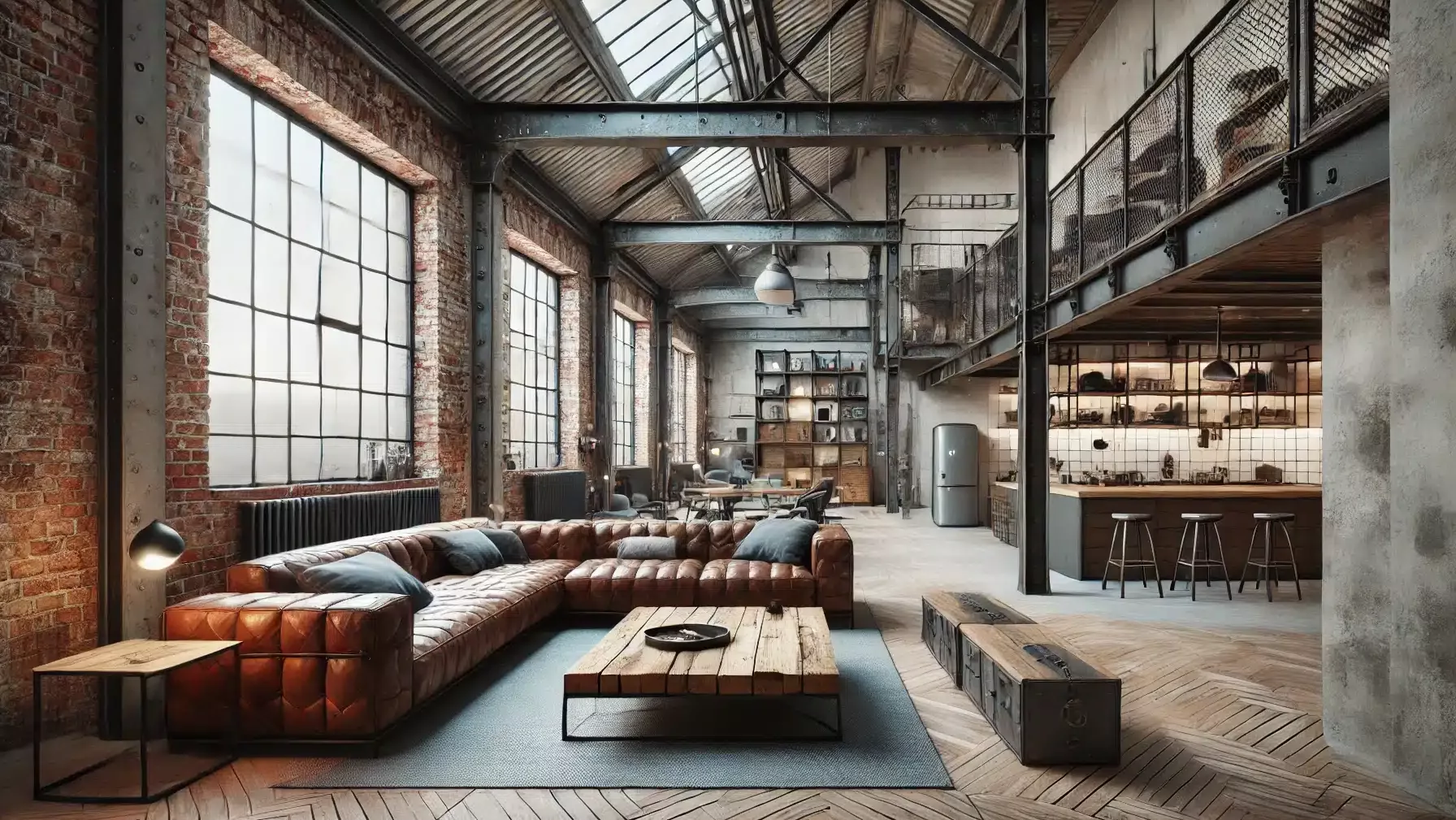
As a designer, incorporating industrial elements into your projects can help you create unique and dynamic spaces that stand out. This style works particularly well in urban settings or converted spaces where the original architectural features can be highlighted.
4. Bohemian
Bohemian, or Boho, design is all about creating a space that reflects a free-spirited lifestyle. This style is characterized by a mix of colors, patterns, and textures, often resulting in a cozy, eclectic environment. Bohemian design encourages creativity and self-expression, making it a favorite among those who love to personalize their spaces.
In a Bohemian interior, you’ll find a blend of vintage furniture, handmade textiles, and an array of decorative items from different cultures. The key is to layer these elements in a way that feels cohesive yet spontaneous. Plants are also a vital component, adding to the relaxed, natural vibe of a Bohemian space.
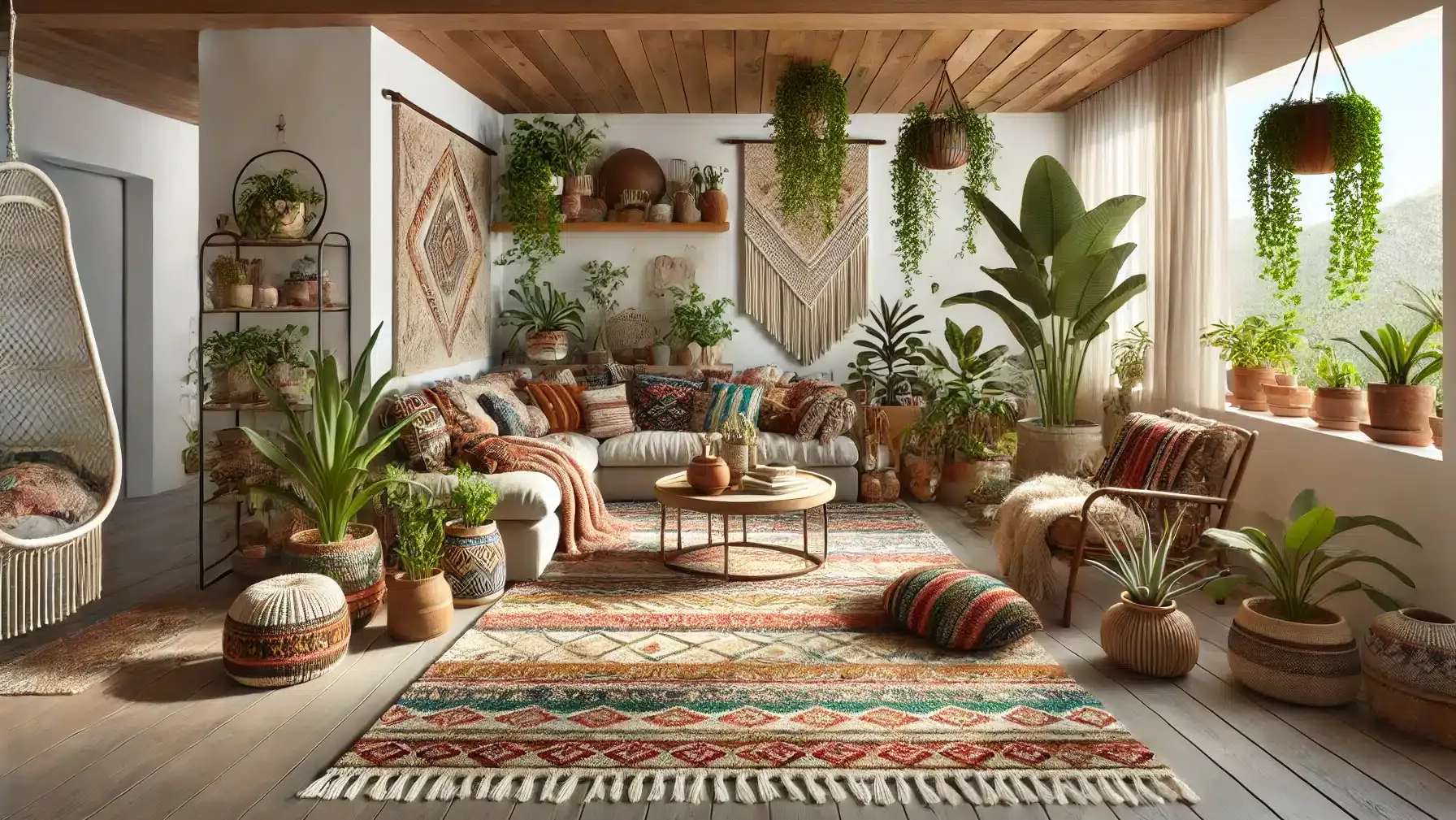
Mastering Bohemian design allows you to create spaces that are rich in personality and warmth. This style is perfect for clients who value individuality and creativity in their homes.
5. Contemporary
Contemporary design is ever-evolving, reflecting the trends and innovations of the current time. Unlike modern design, which refers to a specific historical movement, contemporary design is more fluid, incorporating elements from various styles to create a fresh, updated look.
The hallmark of contemporary design is its simplicity and sophistication. Clean lines, neutral colors, and an emphasis on open space define this style. Furniture is often sleek and functional, with an emphasis on quality and craftsmanship. Artwork and accessories are carefully selected to complement the overall design, adding a touch of personality without overwhelming the space.
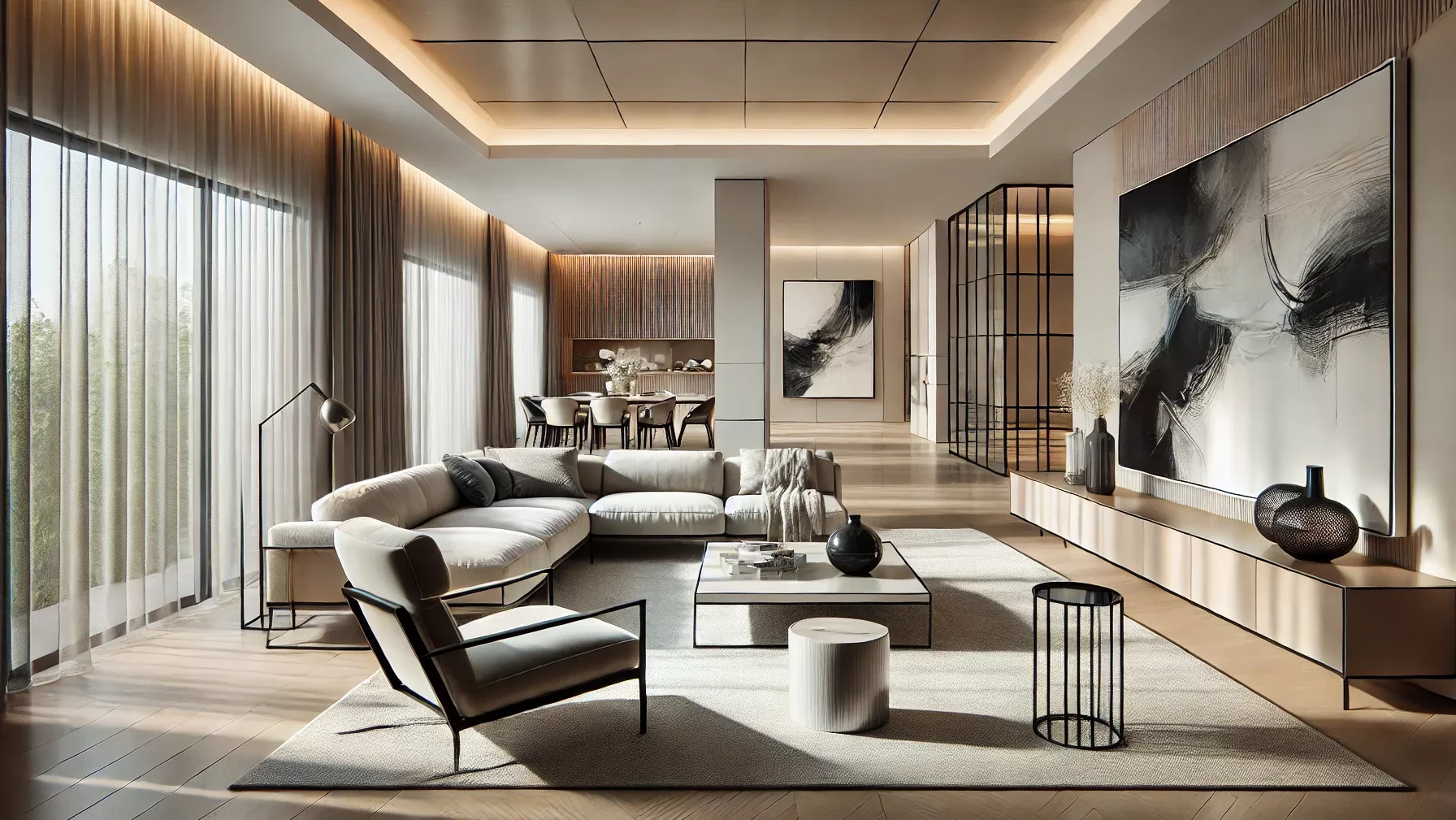
As an interior designer, staying updated with contemporary design trends is crucial. This style is highly adaptable, making it suitable for both residential and commercial projects. By mastering contemporary design, you’ll be able to offer clients spaces that are both current and timeless.
Final Thoughts – 5 Essential Interior Design Styles
By mastering these five essential interior design styles, you’ll be well-equipped to meet the diverse needs of your clients and stay ahead in a competitive industry. Each style offers unique characteristics and can be adapted to fit various spaces and personalities, ensuring your designs are both functional and aesthetically pleasing.
At Xpress Rendering, we specialize in bringing your design concepts to life with our top-tier 3D renderings. Whether you’re looking to visualize a Mid-Century Modern living room or a Scandinavian-inspired bedroom, our team is here to help. Ready to take your interior design projects to the next level? Contact us today to get started.
Don’t forget to visit our latest blog post on “How 3D renderings can enhance your interior design projects”. It’s a must-read for any designer looking to stay ahead of the curve.
Finally, stay connected with Xpress Rendering on social media! Follow us on Instagram, Facebook, and LinkedIn to keep up with the latest trends and inspiration in interior design.
By following these strategies, your projects will stand out, capturing the essence of each design style while delivering a personalized experience to your clients.
